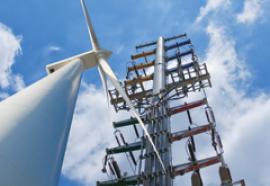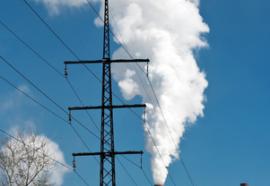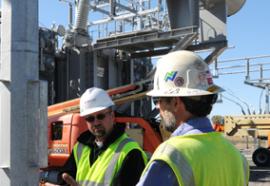Technology Wins
Economics, not politicians, will determine what tools are best.
Today’s utility business model depends chiefly on big power plants and long transmission lines—and federal and state policies reinforce that model. But as photovoltaics technology advances and systems get ever cheaper, distributed generation eventually might become the more competitive option. At that point, upstart companies might be better positioned than utilities to capture a share of this growing market, because they won’t be constrained by Edison-era economics.









